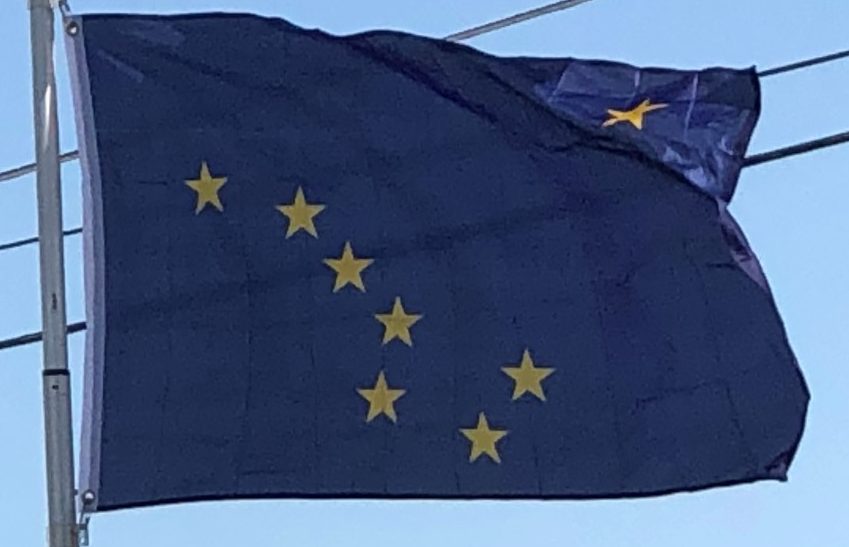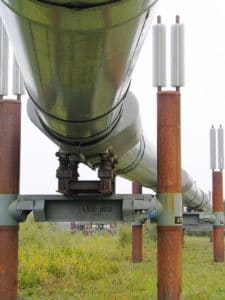
Royalty revenues from oil have funded large state budgets from 1980 onward. That same year, not coincidentally, Alaska repealed its state income tax.
In 1989, the Exxon Valdez hit a reef in the Prince William Sound, spilling over 11 million U.S. gallons of crude oil over 1,100 miles of coastline. Today, the battle between philosophies of development and conservation is seen in the contentious debate over oil drilling in the Arctic National Wildlife Refuge and the proposed Pebble Mine.
Economy:
The oil and gas industry dominates the Alaskan economy, with more than 80% of the state’s revenues derived from petroleum extraction. Alaska’s main export product (excluding oil and natural gas) is seafood, primarily salmon, cod, Pollock and crab.
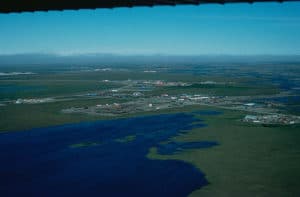
Agriculture represents a very small fraction of the Alaskan economy. Agricultural production is primarily for consumption within the state and includes nursery stock, dairy products, vegetables, and livestock. Manufacturing is limited, with most foodstuffs and general goods imported from elsewhere.
Employment is primarily in government and industries such as natural resource extraction, shipping, and transportation. Military bases are a significant component of the economy in the Fairbanks North Star, Anchorage and Kodiak Island boroughs. Federal subsidies are also an important part of the economy, allowing the state to keep taxes low. Its industrial outputs are crude petroleum, natural gas, coal, gold, precious metals, zinc and other mining, seafood processing, timber and wood products. There is also a growing service and tourism sector. Tourists have contributed to the economy by supporting local lodging.
Transportation:
Roads:
Federally funded highways in the Interstate System in Alaska include: A1, A2, A3, and A4.
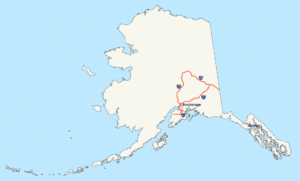
Alaska has few road connections compared to the rest of the U.S. The state’s road system covers a relatively small area of the state, linking the central population centers and the Alaska Highway, the principal route out of the state through Canada. The state capital, Juneau, is not accessible by road, only a car ferry, which has spurred several debates over the decades about moving the capital to a city on the road system, or building a road connection from Haines. The western part of Alaska has no road system connecting the communities with the rest of Alaska.
Rail:
Although there are important freight rail lines in Alaska, there are no dedicated passenger services. Some rail lines for tourists exist however.
Marine Transport:
Alaska’s well-developed state-owned ferry system (known as the Alaska Marine Highway) serves the cities of the southeast, the Gulf Coast and the Alaska Peninsula.
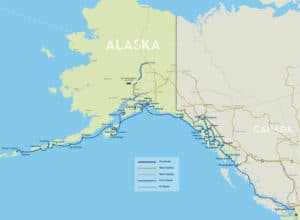
The ferries transport vehicles as well as passengers. The system also operates a ferry service from Bellingham, Washington and Prince Rupert, British Columbia, in Canada, through the Inside Passage to Skagway. The Inter-Island Ferry Authority also serves as an important marine link for many communities in the Prince of Wales Island region of Southeast and works in concert with the Alaska Marine Highway.
